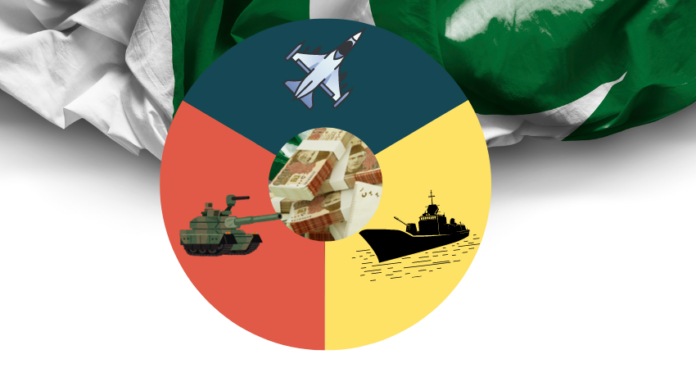Pakistan’s Development-Focused Budget Sparks Economic Optimism Amid Rising Defence Cost Pressures

Overview (Budgets and Economic Targets)
On June 11, the federal government unveiled its federal budget for Fiscal Year 2025–26—a plan structured around ambitious growth targets, increased tax revenue, and significant defence expenditures. Under an IMF-backed reform program worth some $7 billion, Pakistan aims for a 4.2% GDP growth rate, a sizeable increase from an estimated 2.7% in the prior year
To do this, the government plans to raise revenues by over 14% by broadening the tax base—bringing traditionally untaxed sectors like agriculture, retail, and real estate into the formal fold. They also intend to reduce the fiscal deficit from 5.9% to 3.9% of GDP via targeted fiscal and subsidy cuts
Defence Budget Spike & Political Implications
Despite tightening the overall budget envelope, Pakistan has opted to augment defence spending by approximately 20%, raising the total defence outlay to around Rs 2.55 trillion (~$9 billion)—equivalent to 2.5% of GDP. Officials cite the recent military tensions with India—including a cross-border confrontation and Indian airstrikes—as principal factors behind the increased allocation .
Government analysts argue this is essential to “match military success with economic performance,” although many critics question the shift in priorities—especially since sectors like health, education, and agriculture still receive minimal support amid escalating inflation and high household debt .
Economic Skepticism
Analysts have expressed skepticism over the growth targets and the feasibility of swiftly expanding tax revenue, particularly given Pakistan’s recurring challenges in tax mobilization and structural weaknesses in agriculture and manufacturing





